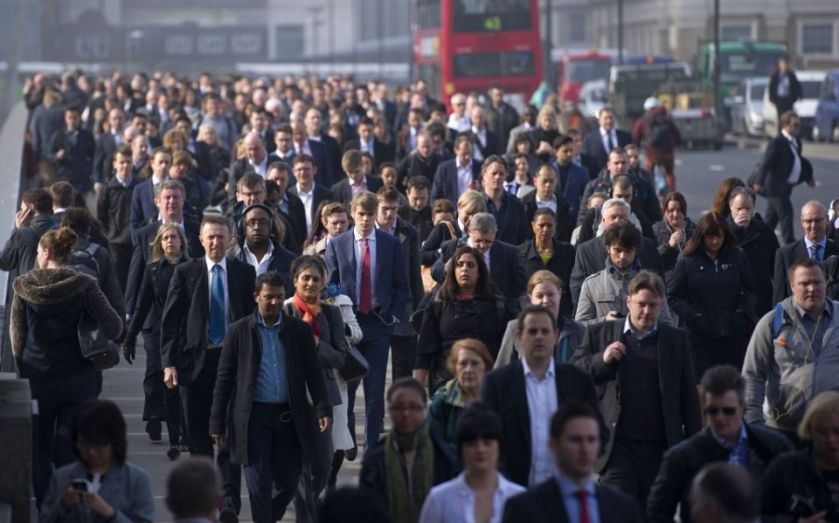Boris Johnson’s mini-Manhattan in Old Oak Common: Why we must speak up for local housing needs

London’s population is at an all-time high. By 2020, we will have over 9m people living in our city; 10m by 2030. So it is essential that we plan for the growing needs of the capital.
London needs a transport system fit for the 21st century. We need a thriving jobs market built on secure, well-paid and high-skill employment. And we also need the right housing strategy to deliver homes for inhabitants of all ages and incomes. If we are to provide the jobs and homes that London needs, and in a way that protects our precious open spaces, we must first look to the major brownfield sites that remain undeveloped.
The biggest of these is at Old Oak, which is in my constituency. It’s the site of the HS2 interchange and has been proposed by mayor Boris Johnson as his second Mayoral Development Corporation (MDC) after the Olympic Park. I have secured a debate in Parliament today on his and the government’s plans for Old Oak and neighbouring Park Royal, Europe’s biggest industrial estate, because I do not believe the current proposals are in the best interests of local communities.
There is cross-party agreement that this site, which has picked up the moniker “the Canary Wharf of the West,” and which Boris calls a “mini-Manhattan,” is ripe for major regeneration. Not only is it the location of HS2, but also Crossrail and new Overground stations. Moreover, there is, in principle, support for an MDC. But – and it is a major but – the mini-Manhattan proposal risks wasting an opportunity to provide affordable homes. It also poses a threat to one of London’s major wild open spaces, Wormwood Scrubs.
The MDC now promises 25,500 homes. But on current plans, none of those are guaranteed to be both designed and affordable for local residents. The involvement of Boris in previous major projects in my constituency, at Earl’s Court and White City, suggest that the template will be high-density tall buildings, consisting of the small top-end flats that risk of being snapped up by the foreign investor market – so-called “safe deposit flats”. It may also spell disaster for the small and medium-sized firms that provide local employment.
The safeguard is obvious: allow local firms, residents, environmental groups and councils to have a controlling say on the MDC board. But as it stands, their role is limited, and the majority of seats are given to the mayor, his officers and developer interests.
This project is large enough to contribute to solving London’s housing crisis, but it is also a test of how serious City Hall and Whitehall are about building homes for Londoners. Much of the Old Oak land is publicly owned and Car Giant, which owns 40 acres, has said that it is willing to discuss a mixed economy of housing for its site.
If Boris and the Coalition press on with their land grab and plans to build against the interest of Londoners in some of the city’s poorest communities, then we need to replace them with administrations that have the vision to build a sustainable London.